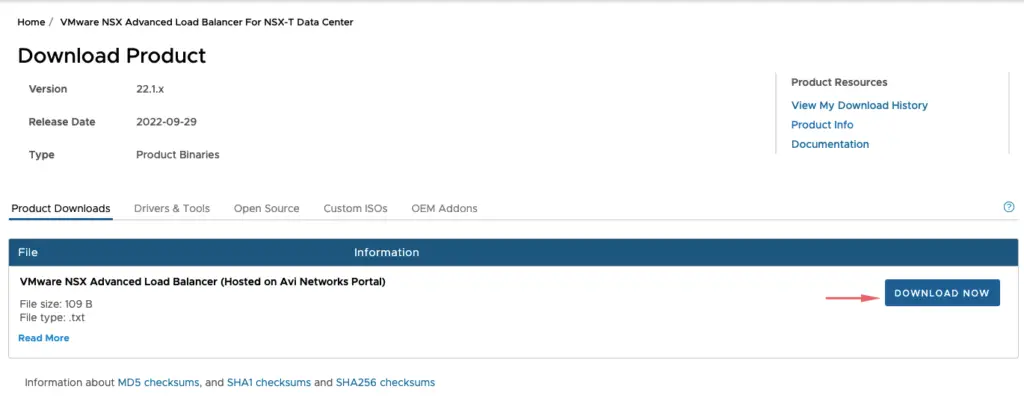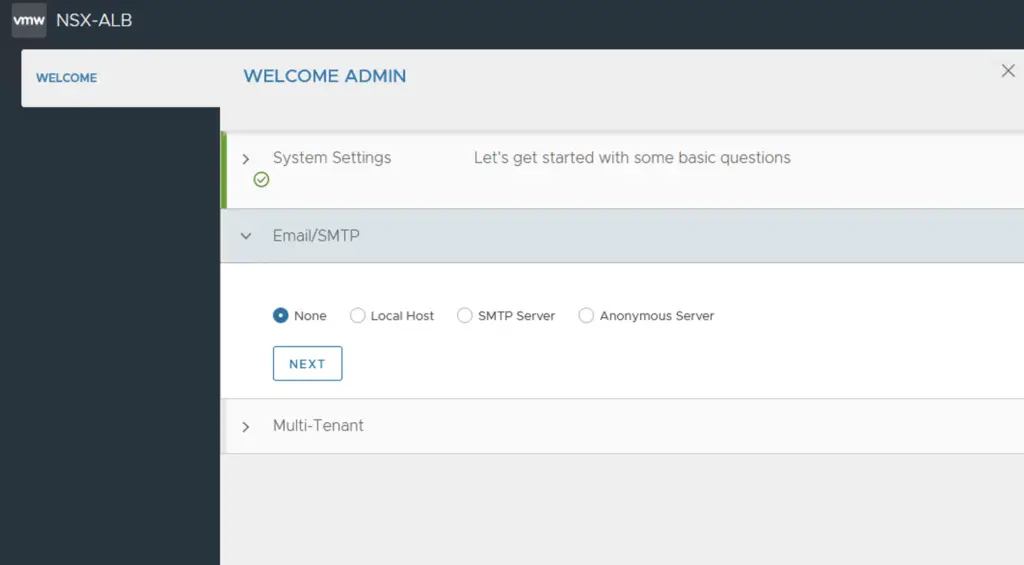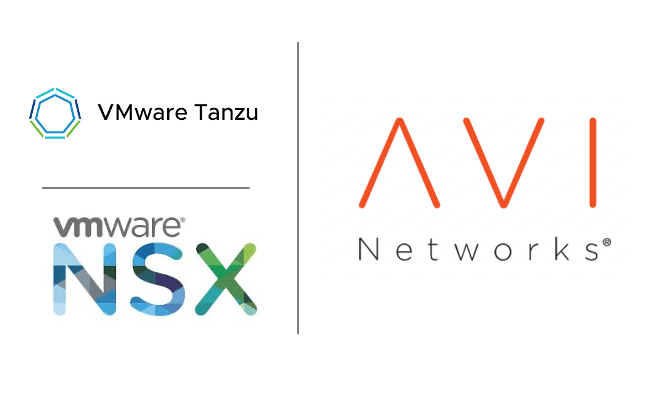Run a quick interoperability check to ensure that all your underlying infrastructure is compatible with the latest AVI version.

The OVA deployment of the AVI appliance is similar to any other appliance deployment on vCenter.
1 – Search for VMware NSX Advanced Load Balancer from the VMware portal in the downloads section.
2- Under the VMware section, Accept the EULA and download the Avi Controller OVA image

3- Note the ‘Default Password’ for the Avi Controller from the “Resources” section.

4- Download the OVA file

AVI Deployment Prerequisites
- Ensure storage and network latency between these managers is under 10 ms
- Place all AVI controllers in the management cluster
- DNS, NTP, 4 free IPs
In this blog, we will add 3 AVI appliances to our environment. We begin by creating DNS records for the appliances and a management VIP record.

Installation Workflow
The OVA deployment of the appliance is similar to any other appliance deployment on vCenter. Upload the OVA file to vCenter.

Give the VM a name

Choose disk type as thin provision

Select the network as a management network

Enter the Ip address, subnet, and gateway of the appliance. Leave the Sysadmin login authentication key field blank when deploying controller ova.

Skip everything under the internal properties section.

Click Finish

The deployment will take around 10 mins and once done log in via https://NSX_ALB_mgrIP and input an admin password.

Under System Settings, we now need to provide the password of the OVA file which we had obtained when we downloaded the OVA from the vmware portal.

Provide the SMTP server details if required

This setting is to ensure if we are looking to use ALB across multiple tenants or not. Click Save

Our NSX-ALB is now installed and ready for integration.
Configure Cluster
Click on Administration > Nodes > Edit

Enter the Controller Cluster name, Cluster IP and the IP addresses of the peer nodes and Click Save

Once the cluster add process is complete, we can see one node will convert itself into a leader and others will act as followers.


